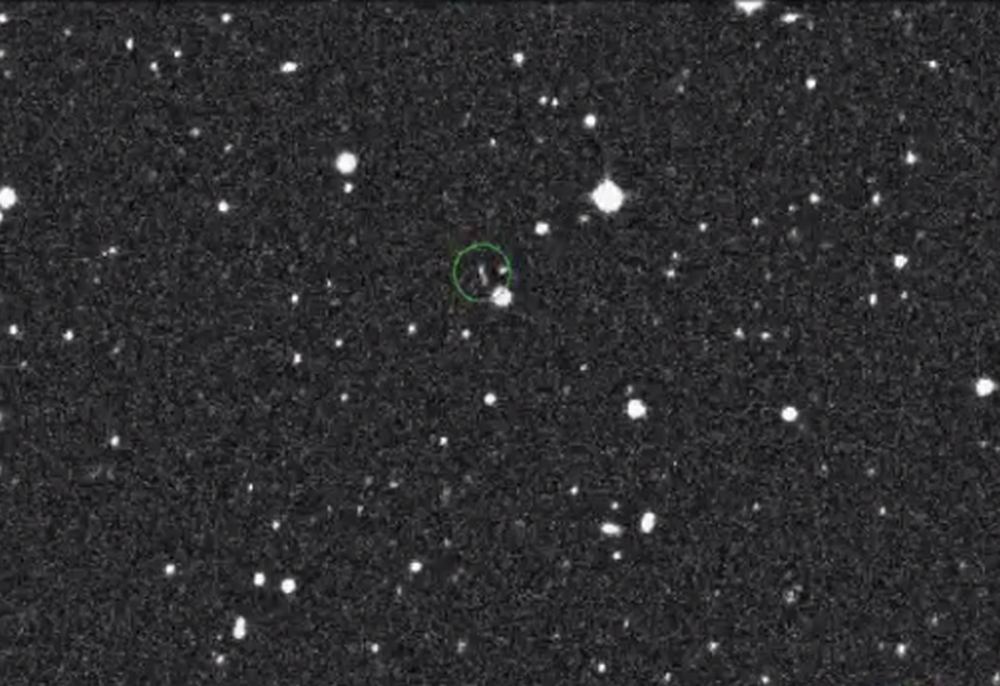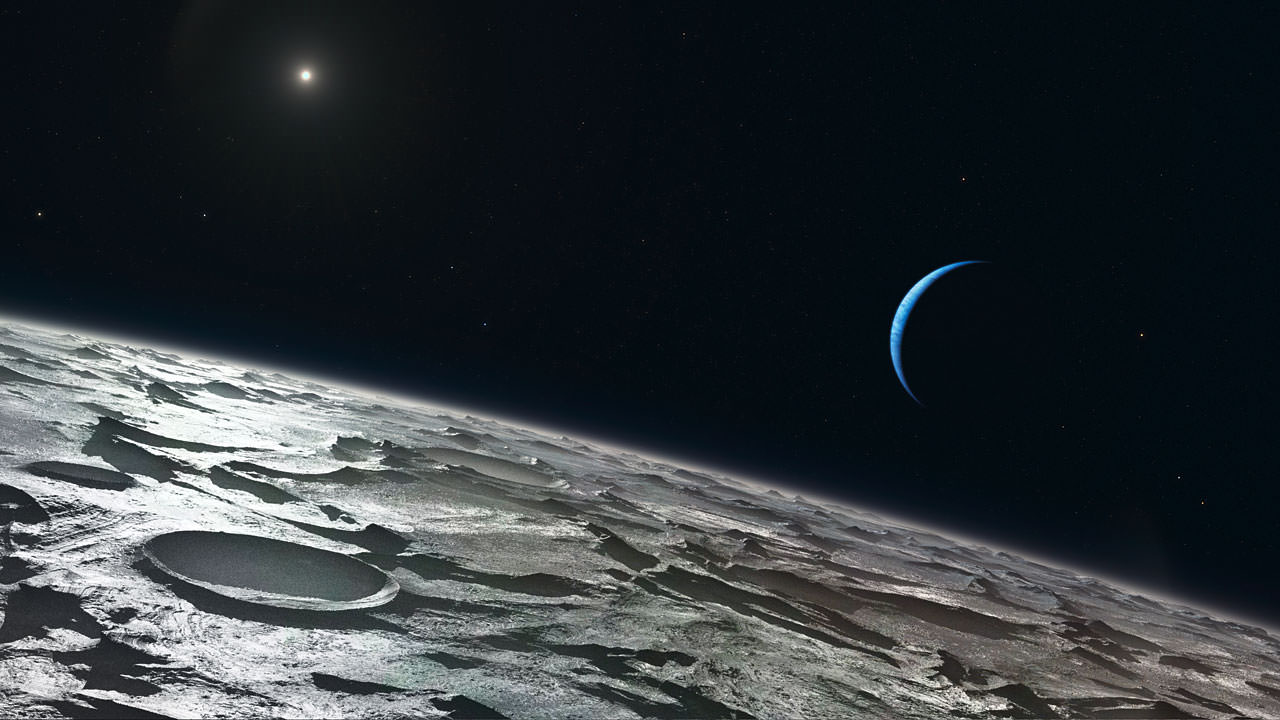The general consensus is that Theia crashed into Earth billions of years ago and led to the formation of the Moon. The story doesn’t end there though since there are a few lines of evidence to suggest the Moon could have been captured by the gravitational pull of the Earth instead. The orbit of the Moon is one such observation that leads to a different conclusion for it’s in-line with the plane of the ecliptic rather than the Earth’s equator. A team of researchers have suggested capture theory was the Moon’s origin.
Continue reading “Was the Moon Captured?”NASA Thinks it’s Time to Return to Neptune With its Trident Mission
Is it time to head back to Neptune and its moon Triton? It might be. After all, we have some unfinished business there.
It’s been 30 years since NASA’s Voyager 2 spacecraft flew past the gas giant and its largest moon, and that flyby posed more questions than it answered. Maybe we’ll get some answers in 2038, when the positions of Jupiter, Neptune, and Triton will be just right for a mission.
Continue reading “NASA Thinks it’s Time to Return to Neptune With its Trident Mission”Astronomers Discover a Tiny New Temporary Moon for the Earth. Welcome to the Family 2020 CD3

Astronomers are increasingly interested in Near-Earth Objects, or NEOs. There are ongoing efforts to find them all and catalog them all, and to find out which ones might pose a collision threat. Now some astronomers with the NASA-funded Catalina Sky Survey have found a new, tiny, temporary moon for Earth.
Continue reading “Astronomers Discover a Tiny New Temporary Moon for the Earth. Welcome to the Family 2020 CD3”

